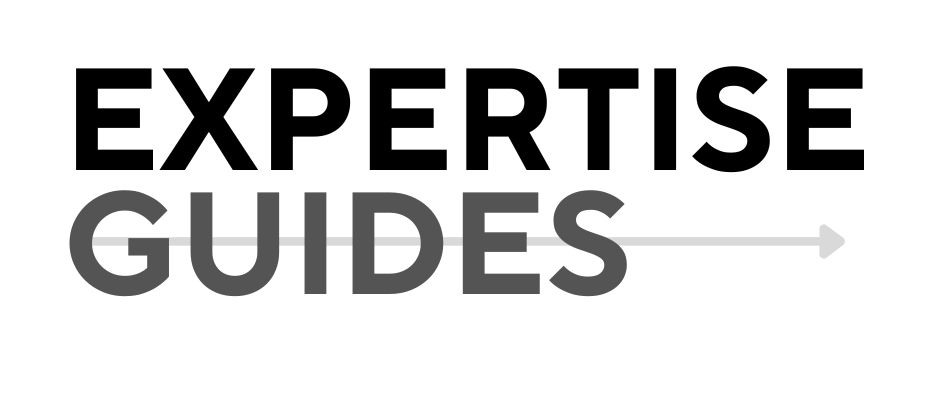Summary: Learn how to navigate workplace conflicts with empathy, resilience, and inclusivity to become a transformative leader.
Information Type: Guidebook
Introduction: The Power of Empathy in Leadership
Empathy is more than a buzzword in modern leadership; it’s a critical competency. Empathy enables leaders to understand their team’s perspectives, fostering trust and collaboration. In today’s complex, diverse workplaces, empathetic leadership is vital for resilience and success. This guidebook will redefine your leadership approach, helping you navigate workplace challenges with empathy and resilience.
Understanding and Overcoming Workplace Challenges
Identifying common workplace conflicts and their root causes
Workplace conflicts often stem from communication breakdowns, cultural differences, or competing interests. Understanding these root causes is the first step toward resolution.
The impact of diversity and inclusion on organizational dynamics
Diversity and inclusion bring varied perspectives, which can lead to innovative solutions but also to misunderstandings. Embracing these differences is crucial for a harmonious workplace.
Recognizing personal biases and their influence on decision-making
Unconscious biases can shape our decisions and interactions. Acknowledging and addressing these biases is essential for fair and inclusive leadership.
Strategies for building a resilient mindset in the face of adversity
Resilience allows leaders to remain composed and effective under pressure. Cultivating a resilient mindset involves self-awareness, adaptability, and a positive outlook.
Empathy in Action: Practical Techniques for Conflict Resolution
Active listening and its role in understanding diverse perspectives
Active listening involves fully concentrating, understanding, and responding thoughtfully to others. This technique fosters mutual respect and clarity.
Effective communication strategies for difficult conversations
Addressing conflicts requires clear, compassionate communication. Use “I” statements to express your feelings without blaming others, and seek common ground.
Collaborative problem-solving approaches
Encourage team members to share their ideas and work together to find solutions. This collaborative approach ensures that all voices are heard and valued.
Fostering psychological safety in team environments
A psychologically safe environment allows team members to speak up without fear of retribution. Promote open dialogue and show appreciation for diverse viewpoints.
Measuring and Sustaining Empathetic Leadership
Key performance indicators for empathetic leadership
Track metrics such as employee engagement, turnover rates, and feedback scores to measure the impact of empathetic leadership.
Implementing feedback mechanisms to gauge progress
Regular feedback from your team helps you understand your strengths and areas for improvement. Use surveys, one-on-one meetings, and anonymous suggestion boxes.
Continuous learning and development for leaders
Stay updated with the latest leadership practices by attending workshops, reading relevant literature, and seeking mentorship.
Creating a culture of empathy and resilience throughout the organization
Lead by example and encourage your team to adopt empathetic and resilient behaviors. Recognize and reward these qualities in others.
Conclusion: Your Path to Transformative Leadership
Recap of key takeaways
Empathy and resilience are cornerstones of effective leadership. By understanding workplace conflicts, practicing empathetic techniques, and measuring your progress, you can create a positive and inclusive work environment.
Call to action for implementing empathetic leadership practices
Start today by incorporating these strategies into your leadership approach. Your journey toward empathetic leadership will transform your team and organization.
Resources for further learning and support
Explore additional resources such as books, online courses, and professional networks to continue developing your empathetic leadership skills.
Follow me for more insights on effective leadership. Comment with your thoughts and share your experiences. Share this article to spread the knowledge!
McKinsey Report 2021: Companies in the top quartile for ethnic diversity on executive teams are 33% more likely to have industry-leading profitability.
Boston Consulting Group 2019: 76% of companies have no diversity or inclusion goals.
EY 2019: 40% of employees feel isolated at work, impacting productivity and retention.


